Search
Remove Ads
Advertisement
Summary 
Loading AI-generated summary based on World History Encyclopedia articles ...
Search Results

Article
Nine Realms of Norse Cosmology
Norse cosmology divided the universe into nine realms. The center of the universe was the great world-tree Yggdrasil and the nine realms either spread out from the tree or existed in levels stretching from the roots down and, marginally...
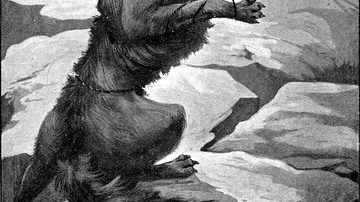
Definition
Fenrir
Fenrir is the great wolf in Norse Mythology who breaks free from his chains at Ragnarök, the twilight of the gods, kills Odin, and is then killed by Odin’s son Vidarr. Fenrir is the son of the trickster god Loki and brother of the World Serpent...
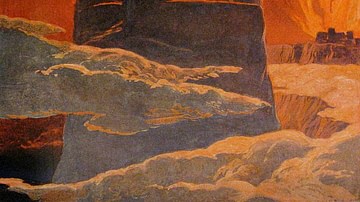
Definition
Ragnarök
Ragnarök is the cataclysmic battle between the forces of chaos and those of order in Norse mythology, ending the world and killing most of the gods and their adversaries, leading to the birth of a new world. It has been claimed, however...
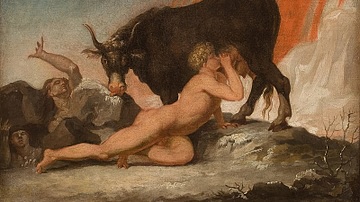
Definition
Ymir
Ymir is a primordial giant, closely linked to the creation myth and the beginning of the world in Norse mythology. A creature resulting from the dramatic encounter between ice and fire, he was fed by a cosmic cow and his body parts served...
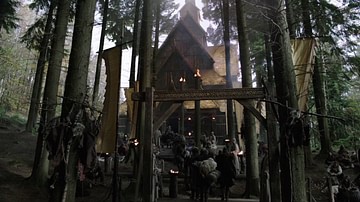
Definition
Temple at Uppsala
The Temple at Uppsala was a religious center dedicated to the Norse gods Thor, Odin, and Freyr located in what is now Gamla Uppsala in Sweden. It is described by the 11th-century historian Adam of Bremen as the most significant pagan site...

Article
Christianization of Iceland
The Christianization of Iceland was a smooth transition compared to other Scandinavian countries. While in Norway, Denmark, or Sweden, royal authority played a crucial role in conversion, in Iceland, it was a parliamentary decision, reached...
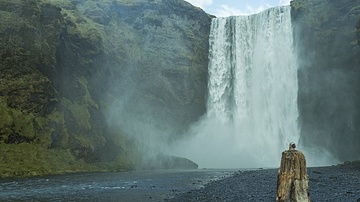
Article
The Legendary Settlement of Iceland
It is said that the early Norse settlers of Iceland in the Viking Age (c. 790-1100 CE) believed it was the home of the gods because of the tale of the creation of the world in Norse religion. In the time before time, the story goes, there...
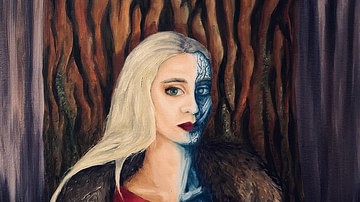
Definition
Hel
Hel is the queen of the afterlife realm of Hel in Norse mythology. She is the daughter of the god Loki and giantess Angrboda and sister of Fenrir the wolf and Jörmungandr the World Serpent. Although often referenced as a goddess, Hel is more...

Image
Hel, Norse Ruler of the Dead
Hel, queen of the underworld in Norse mythology, artwork by Mkasahara, 2019. Hel was a female character in Norse mythology who ruled the realm of the dead of the same name. Her kingdom was said to be a hopeless, gloomy, and dark place, located...
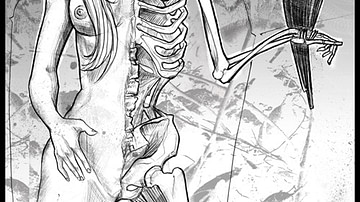
Image
Hel - Norse Queen of the Underworld
Hel, the Norse Queen of the Underworld, as portrayed by the Australia-based artist Tara Ryzebol in 2006. Hel was a female character in Norse mythology who ruled the realm of the dead of the same name. Her kingdom was said to be a gloomy and...